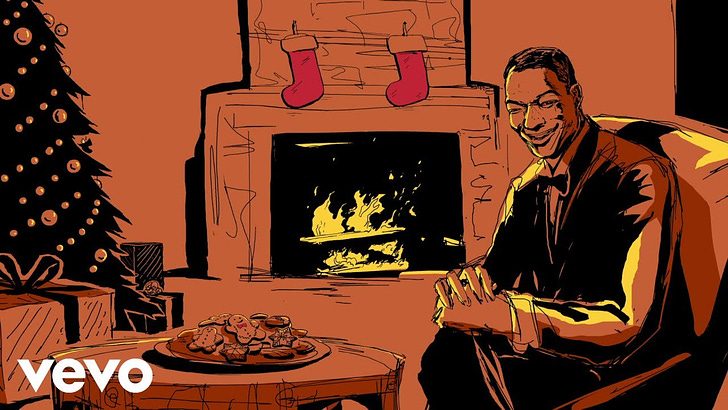Note from the editrix: This post by Dr. Sarah Taber, which ran on Wonkette in 2020, was somehow lost during the substack changeover. Since it’s the holidays, I figured I’d just rerun the whole thing!
Let’s talk about the American chestnut. If you’re like most Americans, there’s a lot of chestnut in your cultural milieu: We have songs about chestnuts roasting on open fires, a Chestnut Street in every town, and stale jokes are called chestnuts. But like most Americans, you’ve probably also never seen or eaten one. That’s not on you. Thanks to a catastrophic disease, they effectively went extinct in the 1940s.
This was a big deal. A single large tree made enough starchy nuts to feed a family of four for several months: about 10 bushels, or 570 pounds. Their timber was abundant, straight-grained, rot-resistant, and soft enough to work with hand tools: the ideal material for DIY shelter and furniture. In 1900, right before the blight hit, there were about four billion trees in their native range from southern New England to Mississippi.
Assuming an average of 3 bushels/tree, that’s over 1,000 lbs of carbs each year for every American today. For context, our average annual intake of carbs via wheat, corn, potatoes, sugar, and other sweeteners is only 350 lbs per person. This helps explain why chestnuts are so prominent in our culture, even nearly a century after they disappeared. They were a staple.
Chestnuts’ demise was felt across the eastern US, but nowhere more than Appalachia. Its impact there was apocalyptic. With its main source of DIY food and shelter, forage for free-range hogs, and a cash export gone (nuts were gathered and exported to cities as food; bark and leaves were sold to tanneries), Appalachia turned to desperation labor. It’s hard to imagine coal mining becoming as prominent as it did, had chestnuts remained.
The wildest thing about chestnuts, though, is how most of us have already forgotten them. In a way, this is understandable. A lot of apocalyptic things went down in the early 20th century. The blight arrived around 1906, and finished off the last of America’s trees by 1940. In that same timespan we were busy having a pandemic, a Great Depression, and two world wars.
There are a lot of mixed messages here. On the one hand, humans are that resilient: We can lose a staff of life and (mostly) keep rolling. On the other, we can forget that quickly. People are absolutely right to want to stop climate change, lest we wind up in smoking ruins of the world we once knew. On the other hand, we kind of already are and already forgot all about it.
The good news is this: Between decades of diligent crossing by plant breeders, biotechnology, and a virus that attacks the chestnut blight fungus, we have a path to bringing chestnuts back. In fact, thanks to a lot of eastern pastures and farms going back to forest, we have more chestnut-friendly forest than we did a century ago. As a crop scientist who’s trying to make agroforestry and rehabbing Indigenous food systems happen, one of our biggest obstacles is the belief that these are newfangled hippie ideas that don’t scale. It’s nice to know for a fact that that ain’t true. Wild forests fed America within many of our own lifetimes.
If you’re pumped about chestnuts and are looking for ways to help bring back this tree, the American Chestnut Foundation is a great place to start.



